Acute promyelocytic anaemia is characterized by the presence of atypical promyelocytes and a t(15;17) translocation, resulting in a PML-RARA fusion. It is often associated with pancytopenia and disseminated intravascular coagulation. Both hypergranlar and hypogranular variants exist.
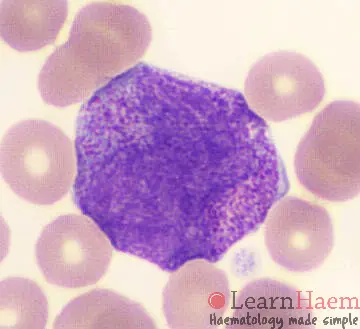
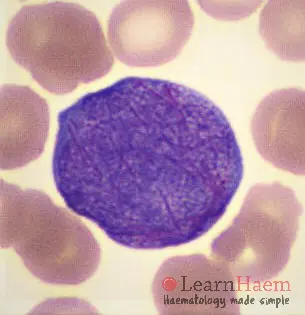


0 x


0 x


0 x
Blood Film Features:
- Typically, the patient is pancytopaenic.
- Atypical promyelocytes:
- Hyper-granular promyelocytes: large cells with bilobed nucleus, cytoplasm parked with azurophilic granules
- “Faggot” cells: atypical promyelocytes with numerous Auer roads
- Hypo-granular promyelocytes: large cells with bilobed nucleus, absence of granules
Other features to look for:
- White blood cell count may be low or only slightly elevated
- Marked thrombocytopenia
- Schistocytes (concurrent disseminated intravascular coagulation)
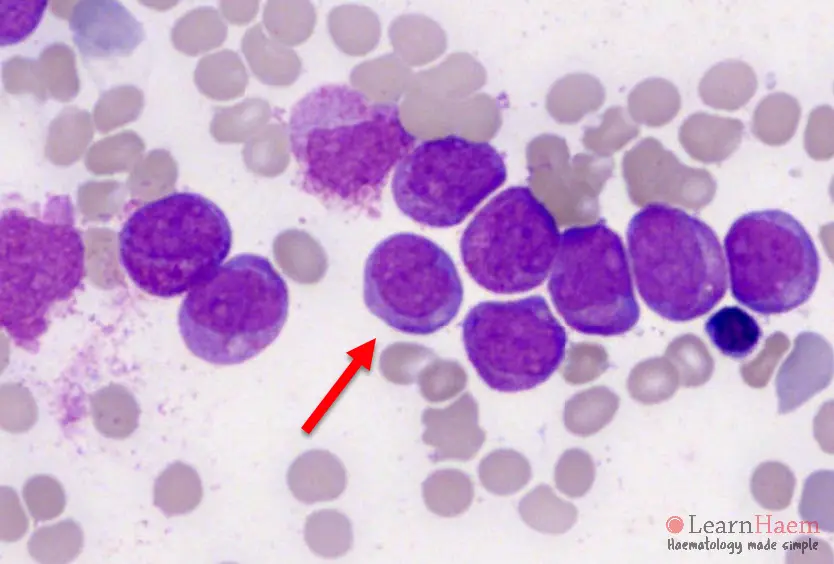
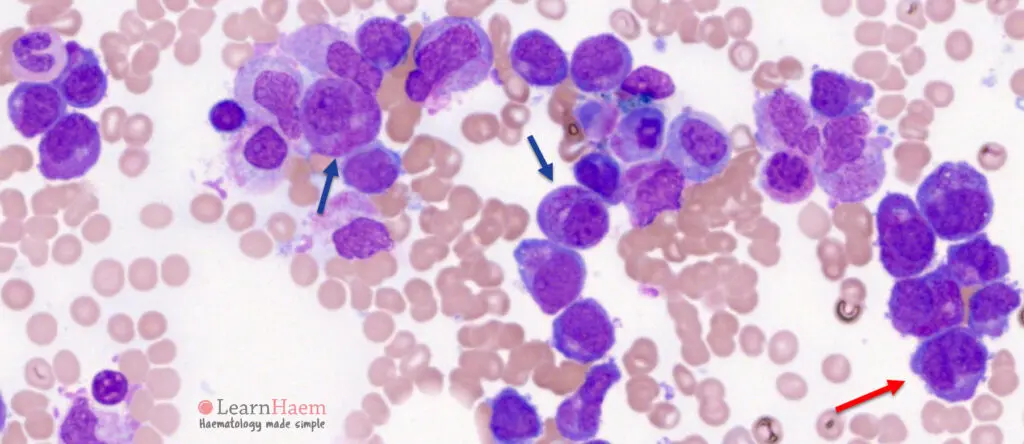
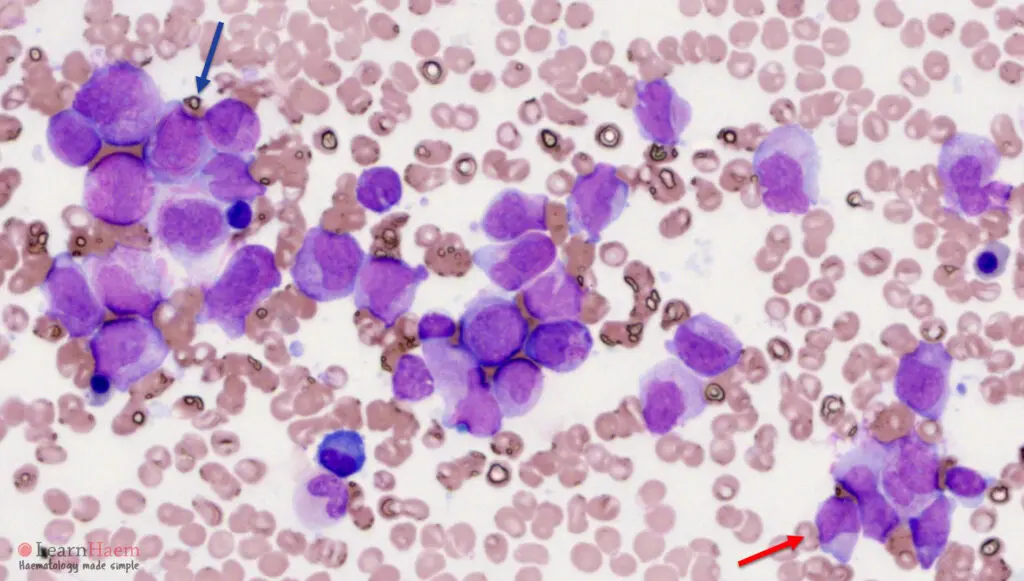


0 x


0 x


0 x


0 x
Bone Marrow Features:
- Bone marrow is usually hypercellular
- Maturation arrest at the promyelocyte stage, commonly with Auer rods and azurophilic granules
- Monocyte lineage < 20% of bone marrow cells
Other features to look for:
- Atypical promyelocytes (as above)
- Cytochemistry: Myeloperoxidase – Strongly positive, Sudan Black – Strongly positive

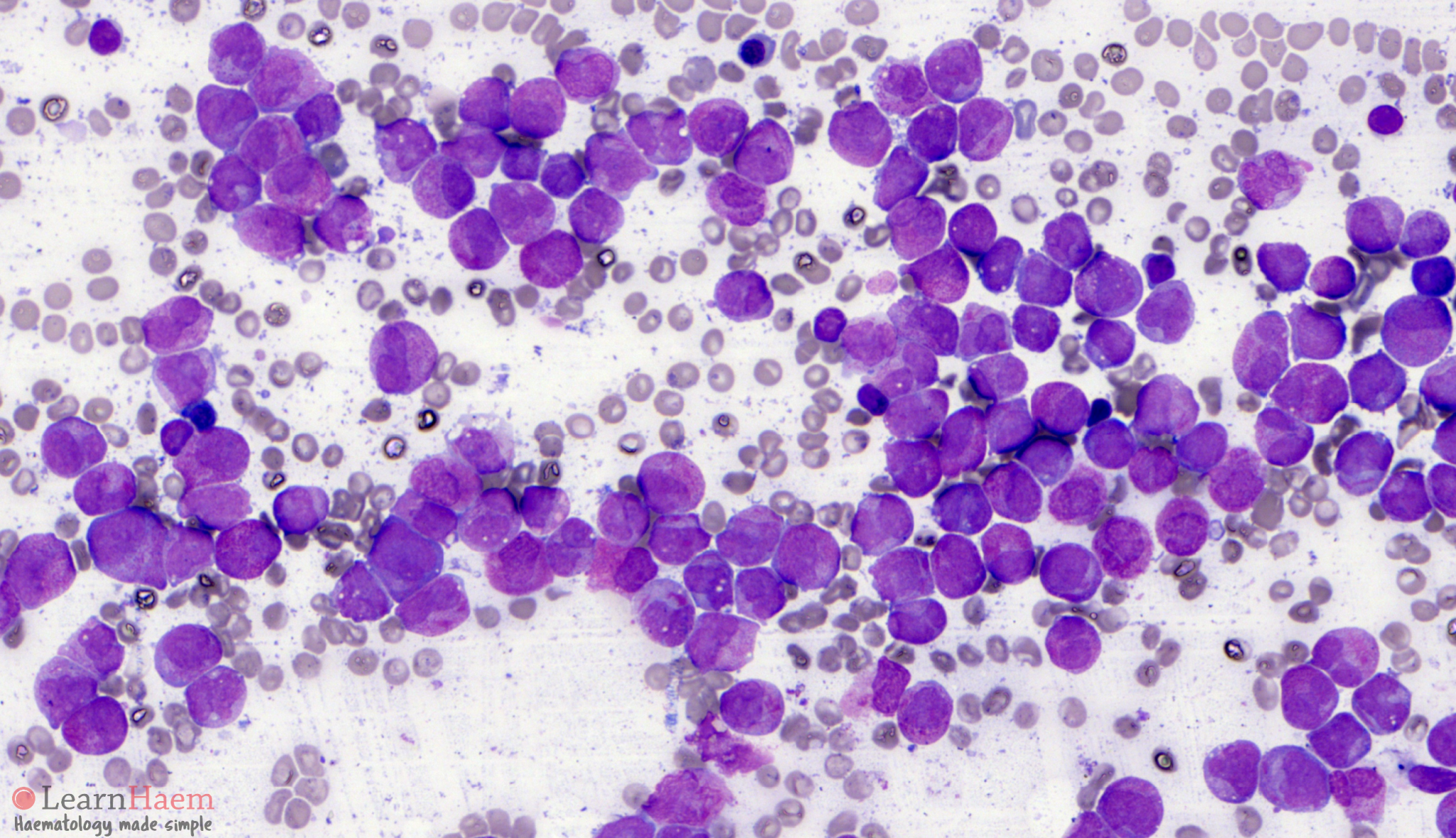
Leave A Comment